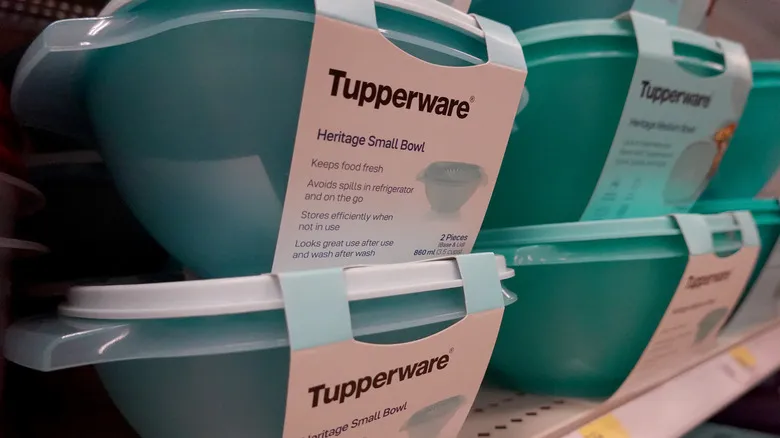The Tupperware lid tolls for thee

While Tupperware may soon fade into history, it wasn't too long ago that the brand was a common sight in American kitchens. Established in 1946, the company was initially created for use during World War II but quickly transitioned into household kitchens. Tupperware specializes in plastic kitchenware, including cups and food containers, which were originally sold in department stores. However, it didn't achieve significant success until the launch of Tupperware Home Parties. These gatherings soon became the main avenue for Tupperware sales and distribution. The focus of Tupperware, and its parties, was primarily on women, who often used these events not only to earn extra income but also to socialize with friends. This direct sales model has faced criticism for being potentially exploitative, as it often necessitates ongoing recruitment and substantial upfront investments in products.
Despite this, Tupperware became a staple in American households over the years, with its plastic products becoming synonymous with food storage. In recent times, however, the brand has lost some of its luster among consumers, particularly as younger generations become less acquainted with it. It remains uncertain whether the company can successfully adapt to its current restructuring efforts and embrace a more digital approach. Once a symbol of post-war innovation, plastic containers now appear to be a liability for increasingly eco-conscious consumers. Only time will reveal if the company can successfully navigate its ongoing transformation.
Recommended

The Kitchen Staple That Prevents Guacamole From Prematurely Browning

Do You Really Need To Wash Your Bananas?

The Best Way To Freeze Bananas For Smoothies

Freeze-Dried Vs Dehydrated Fruit: Is There A Difference?
Next up

